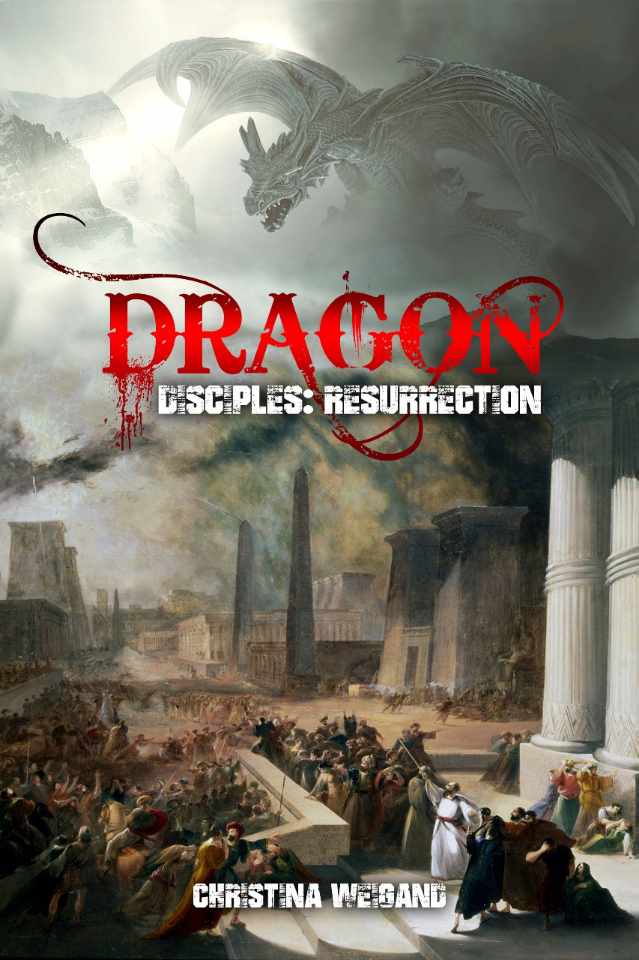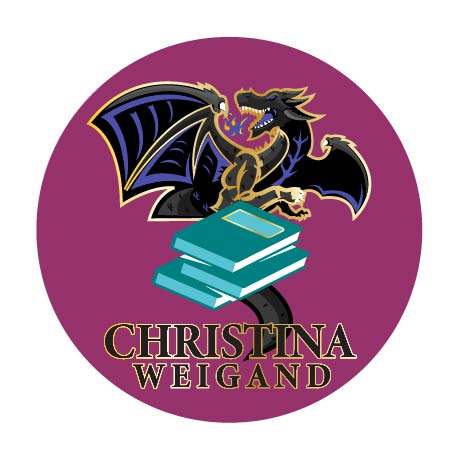
So once I have the big stuff, I start writing. That doesn’t mean I am done researching, though. Now that the characters have a place to live, other smaller details are needed. What food and drink were prevalent? What clothes did Samaritans, Jews and Romans wear? And for a little added spice, if the language is different from my English I will pick a few words from the language of the period and/or locale and sprinkle them in for flavor. An example of this: when Chana and Isaac argue about why he hasn’t approached Chana’s father regarding a marriage proposal, Isaac declares his love by saying \”agape mou\” which translates from Hebrew to English is \”my love.\”
And while I am on the subject of marriage proposals, I did some research on the Samaritan cultures traditions and used the Hebrew words: Kiddushin (striking an agreement between the groom and the family of the bride), Erusin (the actual betrothal), and Nissu’in (the wedding ceremony). Using these terms helped put the reader in the time, place and culture of the story.
Amazon Buy Link: https://www.amazon.com/Dragon-Disciples-Resurrection-Christina-Weigand/dp/B0CSYX6PN7


